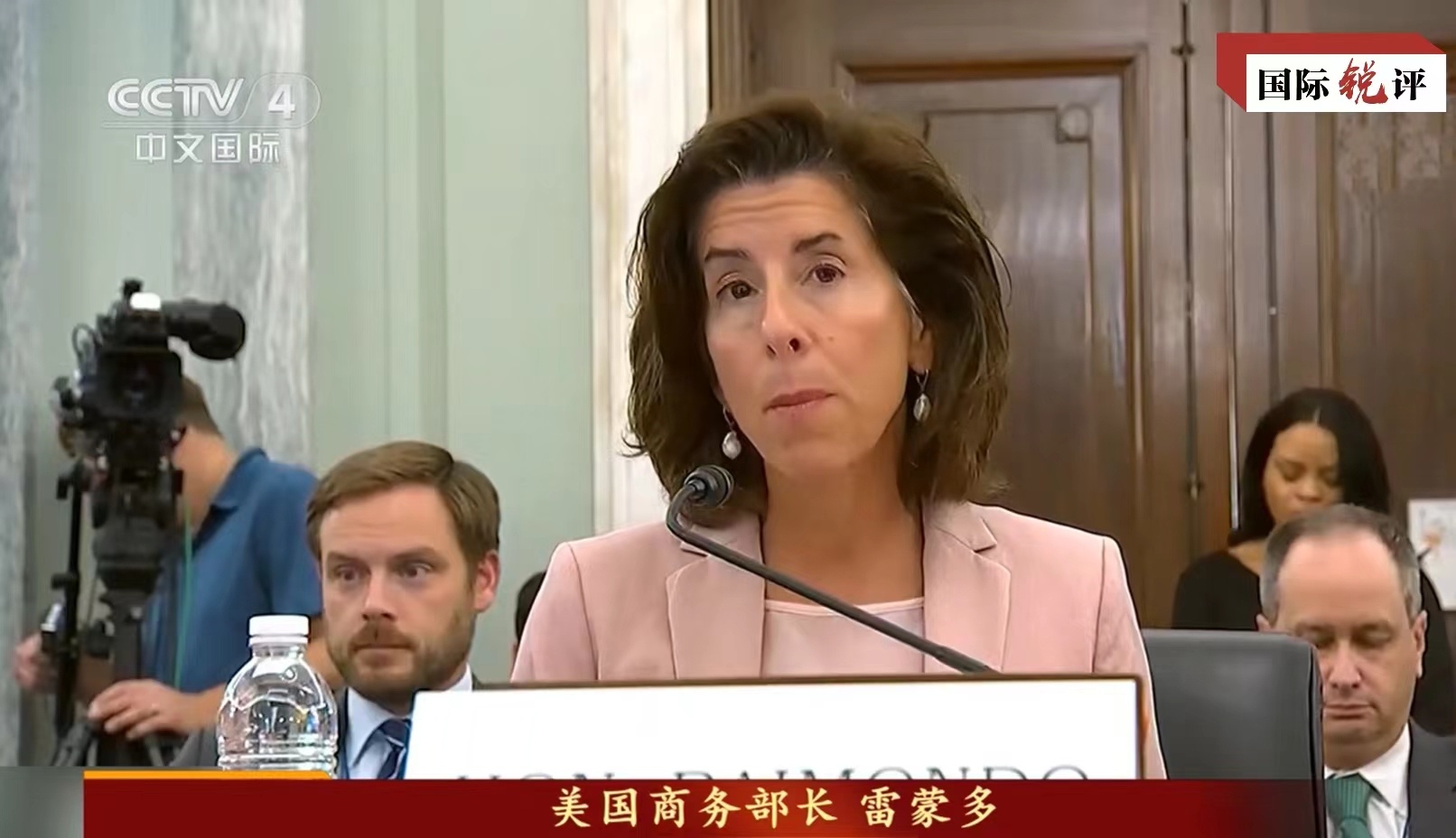
Why Does the US Make ‘Pie in the Sky’ Promises to the Philippines?
For years, U.S. investment in the Philippines has remained modest, with annual investment often staying around $1 billion. Since the formation of the new Philippine government in June 2022, the U.S. has increased its efforts to entice the Philippines in the name of the "Indo-Pacific Strategy," but investment levels have not risen. Data show that in 2023, the U.S. was the sixth-largest investor in the Philippines, with investment still remaining around $1 billion. Yet, during the same period, U.S. investments in Thailand were worth approximately $2.3 billion. It should be noted that the population of the Philippines is 40 million more than that of Thailand.
Raimondo was accompanied on her visit to the Philippines by a delegation of 22 representatives from business and strategic industry sectors. Although she made a high-profile announcement that U.S. companies would invest in the Philippines, she did not specify how. Analysts have pointed out that considering the United States has “made promises but not delivered” in the past there are doubts about the extent to which it can expand its investment in the Philippines. In addition, Philippines Ambassador to the United States Jose Manuel Romualdez has claimed that the United States is expected to invest in infrastructure and manufacturing in the Philippines. However, it is well known that these sectors are not strengths of the United States and the associated investment plans seem more like pipe dreams.
Let’s look at the “investment attractiveness” of the Philippines that Raimondo has been trying to sell to domestic businesses. According to official data from the Philippines, in 2021 and 2022 net foreign investment in the Philippines was $11.9 billion and $9.2 billion, respectively. From Jan. to Oct. 2023, it was $6.5 billion, a 17.9% decrease year-on-year. The decline is related to domestic conditions such as serious corruption, outdated transportation and expensive utility costs. Although the Philippines has relatively low labor costs, they are among the highest in the whole of Asia, which is an inherent weakness in attracting foreign investment. When this is coupled with a rapidly changing international environment and policies, the prospects for U.S. investment goals are uncertain.
It is evident that the U.S. commitment to invest in the Philippines is more like "pie in the sky." But what is the intention behind it?
Analysts have pointed out that the "Indo-Pacific Strategy" promoted by the United States focuses on security and military concerns and lacks economic content, making it not attractive enough to their allies. For example, the Philippine economy is underdeveloped and urgently needs economic development. Raimondo's promise to invest in the Philippines is partly intended to enrich the economic content of the "Indo-Pacific Strategy” and inject some economic momentum into the U.S.-Philippine military alliance.
It is worth noting that during Raimondo's visit to the Philippines, she vowed to spare no effort to “make sure there are no sophisticated technology, including semiconductor technology […] that we have, that China doesn’t have, that they can’t access it.” When you consider her recent shocking statement of “Imagine a world where there’s three million Chinese vehicles on the road in America and Beijing can turn them all off at the same time,” it seems some people in the United States are obsessed with targeting China and, in their view, the Philippines is a convenient pawn.
As a major power outside the region, the United States has deeper geopolitical aims in wooing the Philippines economically and that is the use of the Philippines as a check and balance against China. For example, the United States has become more deeply involved in the South China Sea.
Before Raimondo’s visit to the Philippines, the Philippines had gone back on its commitments and sent two coast guard ships and two supply ships to trespass into the waters near the Second Thomas Shoal in China's Spratly Islands, deliberately colliding with Chinese Coast Guard ships that were enforcing the law. CNN reporters even fabricated stories at the scene for the Philippines, claiming that they were "outnumbered" and "targeted." During Raimondo’s visit with the business delegation, she promoted the “ironclad” nature of the alliance, intended to hitch the Philippines firmly to the U.S. "wagon” in the Indo-Pacific.
Isn’t it clear to the Philippines what U.S. intentions are? Or is it that it has made its own calculations, that is to make use of U.S. hegemony to achieve its unwarranted ambitions, to normalize its regular intrusions into China's Second Thomas Shoal and Scarborough Shoal and share the ambitions of the United States in suppressing China's semiconductor development. However, coveting what does not belong to you will lead to more losses than gains in the end. The Philippines should be more cautious and not be fooled by "pie in the sky" pictures painted by the United States.

